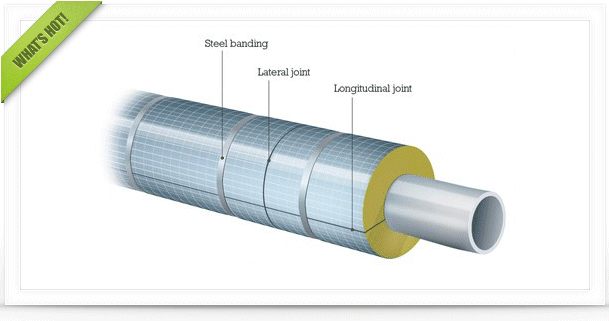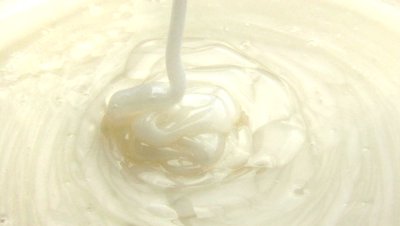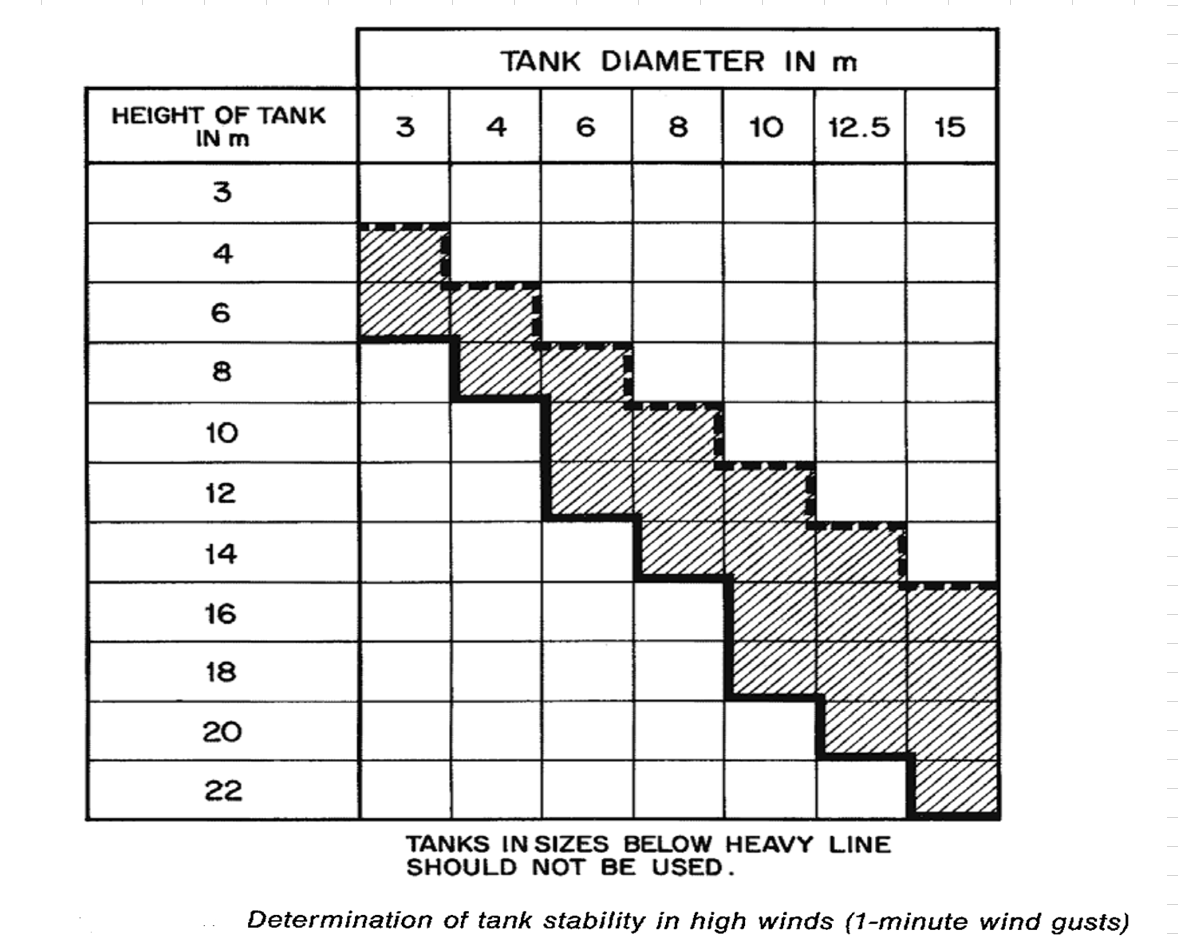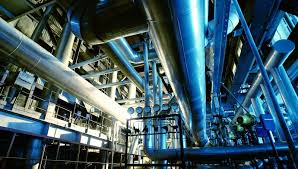Hello,
I am a 3 year process operator for a stabilization facility and am trying to learn as much as i can about process and optimization. and this is my first post so bare with me. and thank you for any time.
at my facility we have condensate which is composed of C1- C10+. we stabilize the product for sale. here recently I have noticed senior board operators encouraging and practicing the use of our reboiler temperature bypass. I disagree with this, here is a process overview, what I have seen and my theory. please help my argument of it not being okay to do, or inform me better on why it is okay.
With our tower pressure we need a finished liquid temperature of say 280F degrees to meet RVP spec, the process enters the tower midway, travels through the bubble cap trays, to the hat tray where it then flows to the reboiler at 200F, then achieving 280F at the discharge which then enters the towers bottom area where it has a chimney to allow the vapors to go through the tower and help the stabilization process and from the bottoms the stabilized condensate goes through cooling then to storage.
We maintain bottoms/stabilized condensate temperature by adjusting the reboilers bath temperature. we enter a setpoint and the system automates the burner system to reach the reboiler bath set point.
Tower flow is dependent on our surge vessels level which is dependent on flow from the field which swings always. so if the surge vessels are too high or to low we manually adjust flow to each tower to maintain surge level.
the stabilizer towers have a bypass valve upstream of the reboiler that can split flow of up to I'm going to assume 50% (same pipe size, valve opens up to 100%). this bypass ties directly downstream of the reboiler on the piping of the reboiler discharge to tower bottoms.
and what I am seeing is we are not changing bath temps anymore when flow is decreased to the tower because the reboiler bypass is being set for 5-10 degrees above the spec temp and we are relying on the bypass valve to open and allow cooler condensate ( 200F) to go directly into the bottoms and mix with the flow from the reboiler achieving desired temp. I have seen the valve from 30% open to 100% open (full split flow)
my biggest issue and argument is, if at full flow 7500bpd the bath set point is required to be 315F to achieve 280F bottoms, and if flow then gets decreased to 4,000bpd. the automated system that controls heat is the reboiler bath setpoint. thus it will never change unless an operator does it. so what happens, less flow to reboiler so hotter bottoms product. for the example I will say 300F out of the reboiler. the bypass then opens to achieve the setpoint and lets say now were at a 50% split. (bypass valve is open 100%) 2,000 bpd to the reboiler and 2,000 bpd bypassed the reboiler to mix and cool the bottoms.
1. Shouldn't we worry that if at 4,000bpd to the reboiler its hotter than we desire. what temperature is the 2,000 bpd through the reboiler getting up to? is this going to cause fouling issues?
2. Even though bypassing the reboiler is allowing the desired product temp, is it still technically stabilizing the product?
3. what other issues can this cause?
Thank you for any help. I look forward to hearing any input.

 FB
FB











